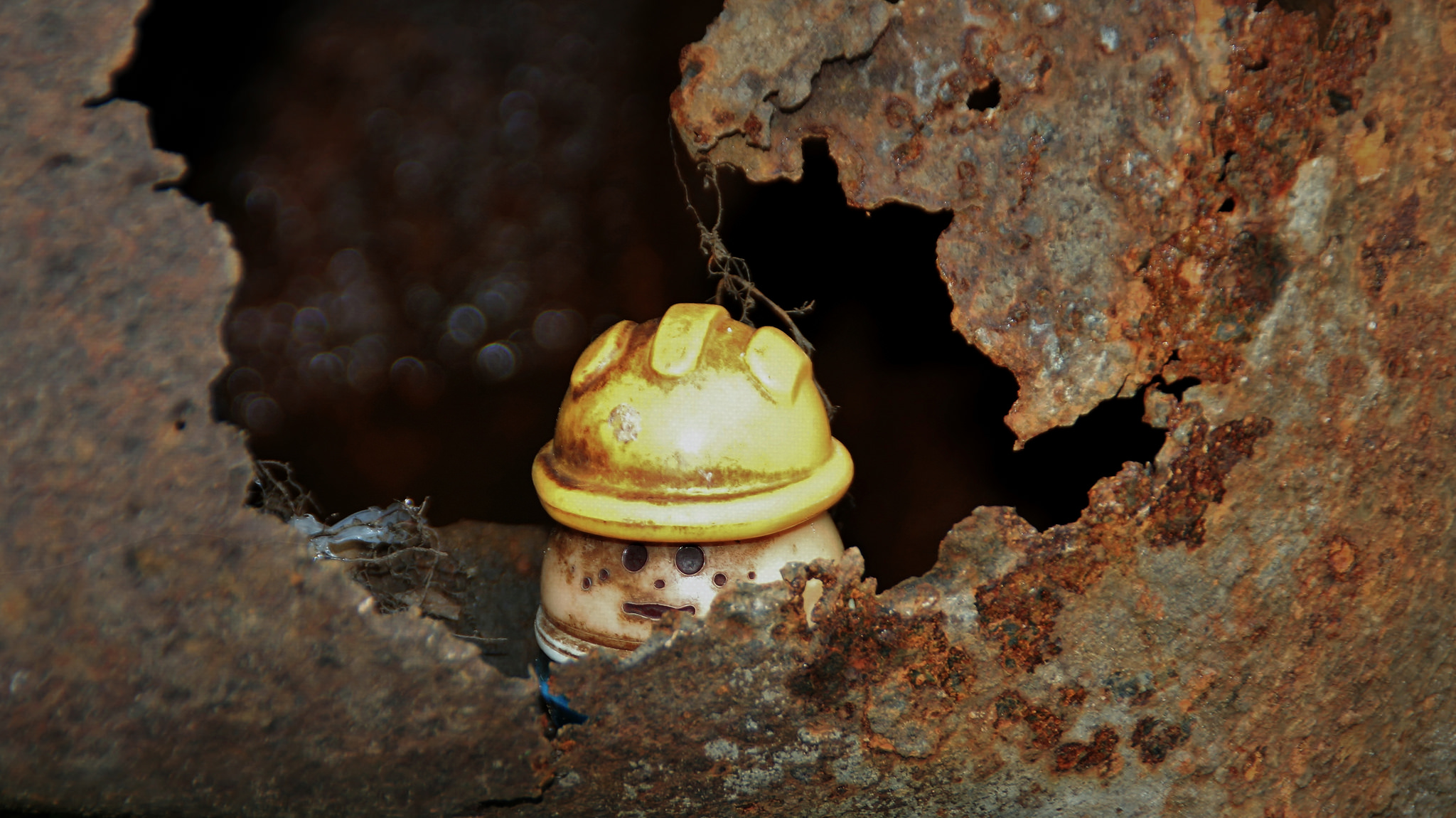Like this article? rabble is reader-supported journalism. Chip in to keep stories like these coming.
In 2014, there were over 50,000 serious injuries in British Columbia. Yet very few workers refuse unsafe work. The experiences of Julio Serrano and David Britton help us understand why workers are reluctant to exercise their safety rights.
Serrano was a crane operator working on the tunnel portion of Evergreen Line tunnel in Port Moody, B.C. The limit switch on his crane — a safety device that activated the crane’s brakes in certain circumstances — had been acting up for months. Instead of fixing it, the employer removed the safety device, thereby endangering the operator and workers on the ground.
On December 2, 2014, Serrano flagged the missing limit switch as a serious hazard and violation of B.C. health and safety laws. The employer directed Serrano to operate the crane. Serrano refused and called WorkSafeBC. Serrano had previously survived a potentially fatal injury on the same job site caused by poor maintenance of equipment.
The resulting inspection saw the crane put out of operation until the limit switch was replaced. Shortly after the crane was fixed, an additional operator was hired and Serrano was laid off. Serrano asserts the layoff was in retaliation for making numerous health and safety complaints. The employer (SNC-Lavalin) asserts the layoff was due to lack of work.
Britton was laid off in November of 2014 from the same job site. He also alleges his termination was in retaliation for raising safety issues. His complaint to WorkSafeBC details more than 20 instances of unsafe work on the site, including work being carried out on machinery while it was operating and workers entered confined spaces without proper safety procedures and without proper protective gear.
Britton also noted that the tunnel’s refuge chamber, that he alone had been trained to maintain and certify, had been placed in service despite not meeting the manufacturer’s specifications. The employer disputes these claims and asserts the layoff was due to lack of work. Shortly after Britton’s termination, two temporary foreign workers were trained to maintain and certify the refuge chamber.
Both workers have complained to WorkSafeBC that their terminations constitute illegal retaliation for refusing unsafe work. The employer is vigorously defending its actions. We will likely have to wait until WorkSafeBC adjudicates these claims to know the truth of the matter.
What we do know now is that WorkSafeBC’s 16 inspections of the tunnel resulted in 42 safety orders. As detailed in the Vancouver Sun, they included inadequate ventilation in the tunnel, a lack of trained underground rescue crews, a damaged crane being used, no air quality testing in the tunnel, improper confined spaces procedures, and an unreliable system for tracking who was working in the tunnel.
These findings suggest there were serious safety problems on this worksite. Interestingly, none of the safety issues flagged by WorkSafeBC resulted in any penalties being issued to the employer.
Serrano and Britton’s claims draw our attention to Canada’s long history of lack luster enforcement of workplace health and safety. B.C.’s 50,000 lost-time claim injuries in 2014 — which reflect only a fraction of all injuries — clearly demonstrate that BC’s injury prevention system is not working.
A part of the problem is that the system — formally known as the internal responsibility system — is supposed to be a partnership between workers and employers. Workers use their knowledge of work and the worksite to identify safety issues, which employers must promptly resolve. If the employer fails to remedy the problem and the work remains unsafe, WorkSafeBC requires employees to refuse the unsafe work.
Workers, however, are reluctant to raise safety issues. Employers often ignore such reports. For example, the dust build up that resulted in the catastrophic 2012 mill explosion in Prince George was brought to the attention of managers. They took no action. The WorkSafeBC investigation report notes that workers “stated that they were tired of complaining about it as nothing was ever done.”
In theory, WorkSafeBC should have stepped in. Yet, as was recently revealed, WorkSafeBC took no effective enforcement action. Despite a mill in Burns Lake exploding earlier in that year, WorkSafeBC was reluctant to push other mills into addressing dust build-up. An internal WorkSafeBC memo noted:
Industry sensitivity to the issue given the recent event and limited clarity around what constitutes an explosion could lead to push back if an enforcement strategy is pursued at this time.
The experiences of Serrano and Britton suggest little has changed for B.C. workers since the 2012 mill explosions. Employers organize work unsafely. Worker safety concerns go largely unaddressed. Employers who repeatedly operate in an unsafe manner are not penalized by the government.
And workers who believe they have been sacked in retaliation for exercising their most basic safety rights can expect to wait a year or more for a ruling. Briton expects he will wait 30 months.
Government action is required to fix such a system. Sadly, there seems little political will to do so.
Dr. Bob Barnetson is a professor of labour relations at Athabasca University in Alberta. He is the author of The Political Economy of Workplace Injury in Canada (2010) and the co-author (with Jason Foster) of Health and Safety in Canadian Workplaces (2016).
Like this article? rabble is reader-supported journalism. Chip in to keep stories like these coming.
Image: Flickr/tfinn123442



